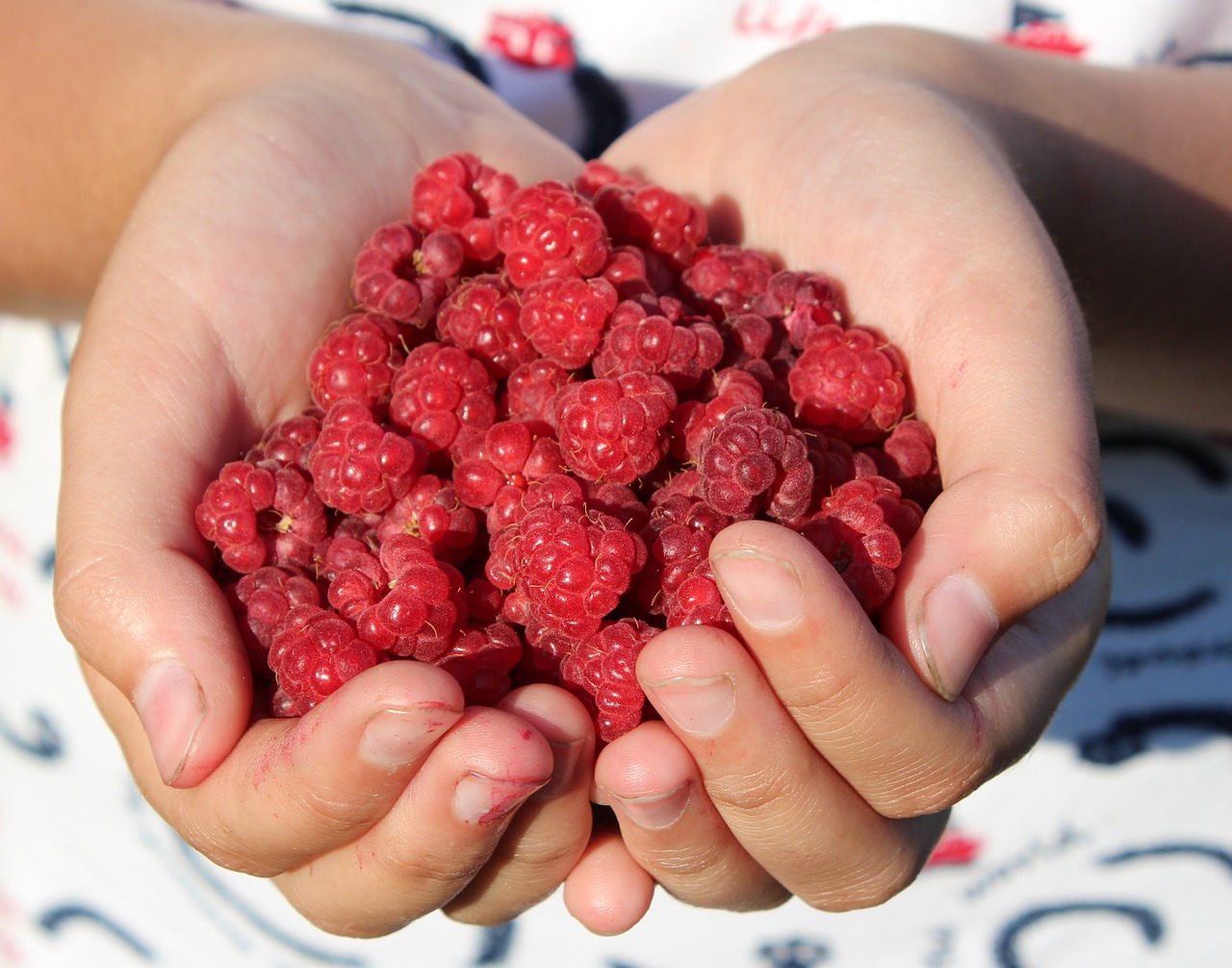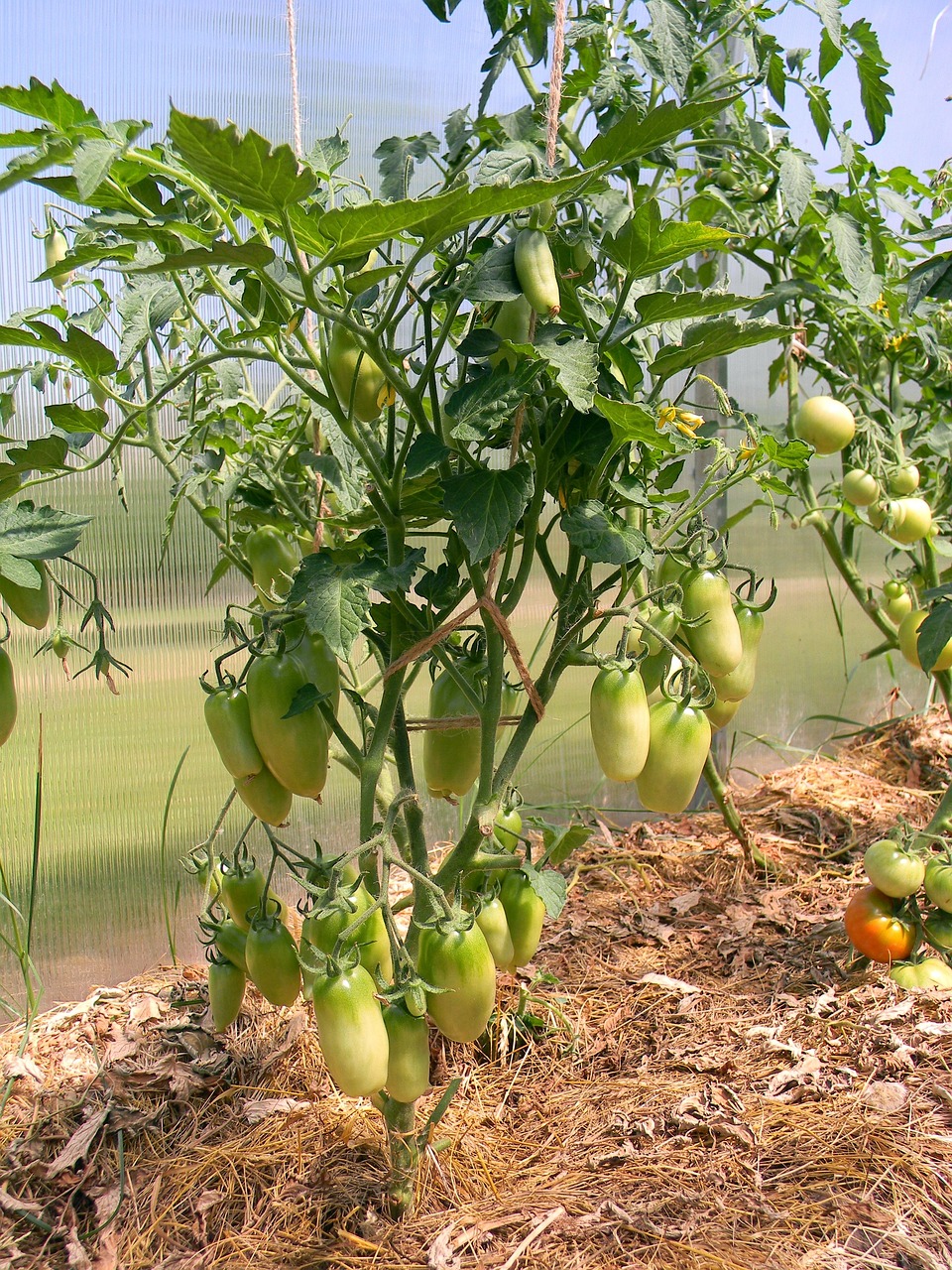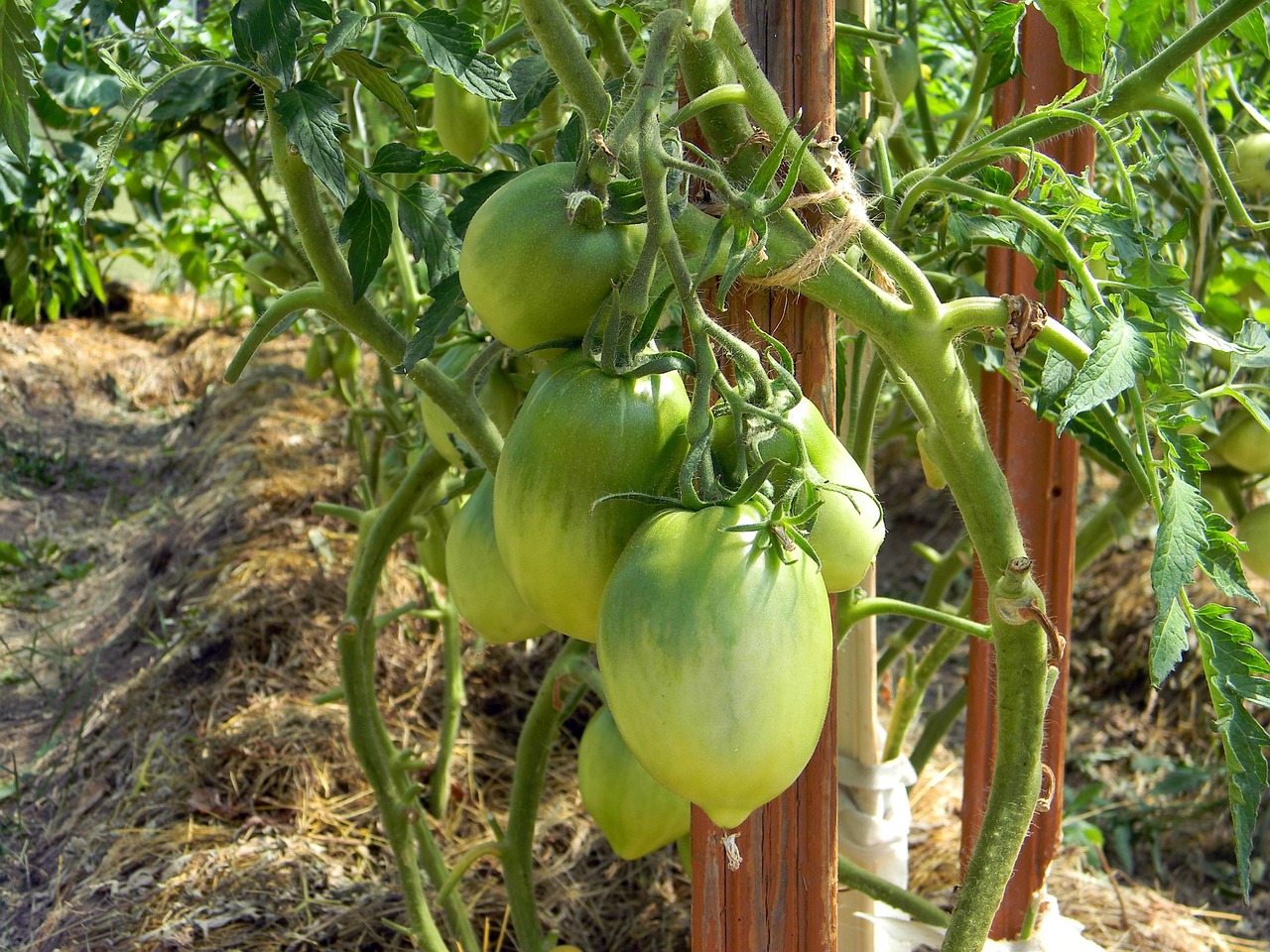Grafted tomatoes offer numerous benefits, enhancing both garden productivity and plant health. By combining the desirable traits of different tomato varieties with robust rootstocks, gardeners can enjoy improved disease resistance, increased yield, and prolonged harvest periods.
Understanding Grafted Tomatoes

Grafted tomatoes are created by joining the top part of one plant, known as the scion, to the root system of another plant, called the rootstock. This horticultural technique has been practiced for centuries, primarily to improve the characteristics of plants. In recent years, grafting has gained popularity in home gardening due to its numerous benefits.
One of the main advantages of grafted tomatoes is enhanced disease resistance. Many rootstocks are selected for their ability to withstand soil-borne diseases that commonly affect tomato plants. These diseases can severely limit the productivity of traditional tomato varieties. By utilizing grafted plants, gardeners can reduce the risk of crop failure caused by pathogens.
In addition to disease resistance, grafted tomatoes tend to exhibit greater vigor compared to non-grafted varieties. This increased vigor can lead to higher yields and more robust plants. The combination of a strong root system with a high-quality scion allows the plant to better absorb nutrients and water from the soil.
| Benefit | Description |
|---|---|
| Disease Resistance | Grafted tomatoes can resist common soil-borne diseases. |
| Increased Yield | The vigor from grafting often leads to higher fruit production. |
| Extended Harvest | Grafted varieties can produce fruit over a longer period. |
| Adaptability | Different rootstocks allow for growing in various conditions. |
Another significant benefit of grafted tomatoes is their adaptability to different environmental conditions. Depending on the choice of rootstock, these plants can thrive in poor soils or areas with extreme weather conditions. This flexibility makes grafted tomatoes an excellent option for gardeners facing specific challenges in their growing environments.
Moreover, grafting can improve the nutritional value of tomatoes. Some rootstocks are bred to enhance the uptake of essential nutrients. Consequently, fruits produced from grafted plants may contain higher levels of vitamins and minerals compared to those from non-grafted plants.
The Grafting Process
The process of grafting involves a few key steps. First, the gardener must select compatible scion and rootstock varieties. It is crucial to choose rootstocks that provide the desired traits and are resistant to local diseases. Once selected, the scion is cut at an angle and attached to the rootstock using a suitable method, such as cleft grafting or whip-and-tongue grafting.
After grafting, proper care is essential for successful growth. The joined plants must be kept in optimal conditions, including humidity and temperature control, until they heal and grow together. This healing process typically takes a few weeks, after which the grafted plant can be transferred to its final growing location.
With a bit of knowledge and care, gardeners can successfully grow grafted tomatoes and enjoy their many benefits. The initial investment in grafted plants often pays off through greater productivity and healthier crops over time.
Choosing the Right Grafted Tomato Varieties
When selecting grafted tomatoes for your garden, it is essential to choose varieties that match your specific needs and local growing conditions. Different grafted tomato varieties offer unique flavors, sizes, and growth habits. Understanding these differences can help you make informed decisions.
Factors to Consider
Several factors should guide your selection process:
- Climate Adaptability: Choose varieties that thrive in your local climate. Some tomatoes perform better in hot, dry conditions, while others prefer cooler environments.
- Fruit Type: Consider the type of tomatoes you want to grow. Options include cherry, beefsteak, and heirloom varieties, each with distinct flavors and uses.
- Disease Resistance: Look for grafted varieties specifically bred for resistance to local diseases, such as fusarium wilt or nematodes.
- Growth Habit: Determine if you prefer determinate (bushy) or indeterminate (vining) growth habits based on your garden space and support systems.
Popular Grafted Tomato Varieties
Some popular grafted tomato varieties include:
- Brandywine: An heirloom variety known for its rich flavor and large fruit size.
- Sun Gold: A cherry tomato variety praised for its sweetness and high yield.
- Early Girl: A determinate variety that produces early fruits, perfect for short growing seasons.
- Mortgage Lifter: Known for its excellent taste and large size, this heirloom variety is great for home gardens.
Preparing Your Garden for Grafted Tomatoes
Once you have selected the right grafted tomato varieties, preparing your garden is the next step. Proper preparation ensures that your plants have the best chance to thrive.
Soil Requirements
The success of grafted tomatoes greatly depends on the quality of the soil. Here are some key points to consider:
- Soil Type: Grafted tomatoes prefer well-draining soil with good organic matter. Sandy loam or loamy soils are ideal.
- pH Level: Aim for a soil pH between 6.0 and 7.0. Testing your soil can help determine its pH level.
- Nutrient Content: Enriching the soil with compost or well-rotted manure can provide essential nutrients for healthy growth.
Site Selection
Selecting the right location is critical for the success of your grafted tomatoes. Consider the following:
- Sunlight: Tomatoes require full sun, ideally 6 to 8 hours of direct sunlight each day.
- Air Circulation: Ensure good airflow around plants to minimize the risk of fungal diseases.
- Accessibility: Choose a site that is easily accessible for watering, weeding, and harvesting.
Caring for Grafted Tomatoes
Caring for grafted tomatoes involves regular maintenance and attention to detail. Here are several important care practices:
Irrigation Practices
Irrigation is crucial for the growth of grafted tomatoes. Here are some tips:
- Consistent Watering: Water your plants consistently, particularly during dry spells. Aim for deep watering to encourage root development.
- Avoid Overhead Watering: Use drip irrigation or soaker hoses to minimize water on the leaves, reducing disease risk.
- Mulching: Apply mulch around the base of the plants to retain moisture and suppress weeds.
Nutrient Management
Nutrient management plays a vital role in the health of grafted tomatoes. Consider these practices:
- Fertilization: Use a balanced fertilizer at planting time and follow up with additional feedings throughout the growing season.
- Monitoring Plant Health: Regularly check your plants for signs of nutrient deficiencies, such as yellowing leaves or stunted growth.
Pest and Disease Control
Pest and disease control is essential for maintaining healthy grafted tomatoes. Implement these strategies:
- Regular Inspections: Routinely inspect plants for signs of pests like aphids or spider mites.
- Cultural Practices: Rotate crops annually and remove any infected plants to minimize disease spread.
- Organic Treatments: Utilize organic pest control methods such as neem oil or insecticidal soap when needed.
By carefully selecting varieties and providing thorough care, gardeners can maximize the benefits of grafted tomatoes, leading to a thriving and productive garden. Each step taken in preparation and maintenance contributes significantly to achieving healthy plants and abundant harvests.

Harvesting Grafted Tomatoes
Harvesting grafted tomatoes at the right time is crucial to enjoy their full flavor and nutritional benefits. Understanding when and how to harvest can significantly impact your gardening experience.
When to Harvest
Timing the harvest of grafted tomatoes involves observing several key indicators:
- Color Change: Most tomato varieties change from green to their mature color, which can be red, yellow, or orange. This color shift is a primary indicator of ripeness.
- Firmness: Ripe tomatoes should feel firm yet slightly soft when gently squeezed. Avoid overripe tomatoes that may feel mushy.
- Size: Each variety has its expected size. Familiarize yourself with the typical size of the tomatoes you are growing.
- Days to Maturity: Check the seed packet or plant label for the estimated time to maturity. This information can help you gauge when to start looking for ripe fruits.
How to Harvest
Careful harvesting techniques can prevent damage to both the fruit and the plant. Follow these tips for a successful harvest:
- Use Clean Tools: Always use clean scissors or pruning shears to cut the stem, which helps prevent disease transmission.
- Avoid Pulling: Do not pull the tomatoes off the vine, as this can damage the plant and other fruits. Instead, cut them from the stem.
- Harvest in the Morning: Early morning is the best time to harvest. The temperatures are cooler, and the fruits are firm and full of moisture.
Storing Grafted Tomatoes

Proper storage can extend the shelf life of your harvested grafted tomatoes while maintaining their flavor and quality. Here are some effective storage methods:
Short-Term Storage
If you plan to consume your tomatoes soon after harvesting, consider these short-term storage practices:
- Room Temperature: Store ripe tomatoes at room temperature, away from direct sunlight. This allows them to continue ripening and develop flavor.
- Avoid Refrigeration: Avoid placing ripe tomatoes in the refrigerator, as cold temperatures can affect their texture and taste.
Long-Term Storage
If you have a larger harvest or want to save your tomatoes for later use, consider these long-term storage options:
- Canning: Graft tomatoes can be canned for long-term storage. This method preserves their flavor and nutrients effectively. Follow safe canning practices to prevent spoilage.
- Freezing: Freezing is another option. Wash, core, and chop the tomatoes before placing them in airtight containers or freezer bags. This method works well for cooking purposes later.
- Dried Tomatoes: Drying tomatoes is an excellent way to concentrate their flavors. You can use a dehydrator or an oven at low temperatures to achieve this.
Using Grafted Tomatoes in Cooking
Grafted tomatoes are versatile ingredients that can enhance a variety of dishes. Here are some popular ways to use them in your cooking:
Fresh Uses
- Salsas and Salads: Freshly harvested tomatoes are perfect for salsas, salads, or as toppings on various dishes.
- Sandwiches and Wraps: Add slices of juicy tomatoes to sandwiches or wraps for a burst of flavor and freshness.
- Caprese Salad: Combine sliced tomatoes with fresh mozzarella and basil drizzled with balsamic vinegar for a classic dish.
Cooked Dishes
- Soups and Sauces: Use grafted tomatoes as a base for soups and sauces. Their rich flavor enhances recipes like marinara or tomato bisque.
- Casseroles: Add diced tomatoes to casseroles for added moisture and flavor. They pair well with various ingredients.
- Pasta Dishes: Incorporate fresh or cooked tomatoes into pasta dishes for a delicious meal.
Nutritional Benefits of Grafted Tomatoes
Grafted tomatoes not only taste great but also offer numerous health benefits. Understanding their nutritional profile can encourage you to incorporate more of them into your diet.
Vitamin Content
Grafted tomatoes are rich in essential vitamins, including:
- Vitamin C: Vital for immune function and skin health, vitamin C is abundant in tomatoes.
- Vitamin K: Important for blood clotting and bone health.
Antioxidants
Touted for their antioxidant properties, grafted tomatoes contain compounds that may reduce inflammation and protect against chronic diseases. The following antioxidants are prominent in tomatoes:
- Lycopene: A powerful antioxidant linked to reduced risk of certain cancers and heart disease.
- Beta-Carotene: Converts to vitamin A in the body, supporting vision and immune health.
The combination of flavor, versatility, and nutritional benefits makes grafted tomatoes an excellent choice for any gardener looking to enhance their garden’s productivity and health.
Additional Benefits of Grafted Tomatoes

Beyond their nutritional value and improved yield, grafted tomatoes offer several additional benefits that make them an attractive option for gardeners. These benefits can enhance the overall gardening experience and contribute to sustainable practices.
Environmental Benefits
Growing grafted tomatoes can have positive impacts on the environment. Here are a few ways they contribute:
- Disease Control: By using rootstocks that resist specific diseases, gardeners can reduce the need for chemical pesticides and herbicides, promoting a healthier ecosystem.
- Soil Health: Grafted tomatoes often have deeper and more vigorous root systems, which can improve soil structure and nutrient uptake, leading to healthier soil over time.
- Reduced Water Usage: The enhanced root systems of grafted plants can lead to better water efficiency, helping gardeners conserve this precious resource.
Community and Economic Impact
Grafted tomatoes can also support local economies and communities:
- Supporting Local Farmers: Purchasing grafted tomato plants from local nurseries can help support regional agriculture and local businesses.
- Increased Food Security: By growing their own grafted tomatoes, families can contribute to their food supply, especially in areas with limited access to fresh produce.
- Educational Opportunities: Gardening with grafted tomatoes can serve as an educational tool for families and communities, teaching about sustainable practices, nutrition, and food sources.
Cultivating Passion for Gardening
The journey of growing grafted tomatoes can ignite a passion for gardening. As gardeners witness the fruits of their labor, it encourages them to explore further into horticulture. Here are ways this process fosters enthusiasm:
- Satisfaction of Growing Food: There is immense satisfaction in growing your own food. Witnessing your grafted tomatoes flourish can deepen your appreciation for home gardening.
- Experimentation: Gardening invites experimentation. Growing various grafted varieties can spark creativity in how tomatoes are used in the kitchen.
- Building Community: Sharing surplus harvest with friends or participating in community gardening groups fosters connections with others who share similar interests.
Final Thoughts
Grafted tomatoes represent a valuable addition to any garden, offering a wide array of benefits that enhance productivity and health. By selecting appropriate varieties, providing proper care, and utilizing sustainable gardening practices, you can maximize your garden’s potential. The advantages of disease resistance, improved yields, and nutrient richness are compelling reasons to incorporate grafted tomatoes into your gardening endeavors.
The ability to harvest delicious, home-grown tomatoes not only contributes to personal health but also promotes environmental sustainability and community engagement. With every step in the gardening process—from planting to harvesting—gardeners not only cultivate plants but also nurture a connection to nature and a sense of accomplishment.
In conclusion, whether you are an experienced gardener or just starting out, grafted tomatoes offer a rewarding experience that enhances both your garden’s productivity and your enjoyment of fresh, nutritious food. Embrace the journey of growing grafted tomatoes, and let their benefits inspire you to explore the broader world of gardening.
